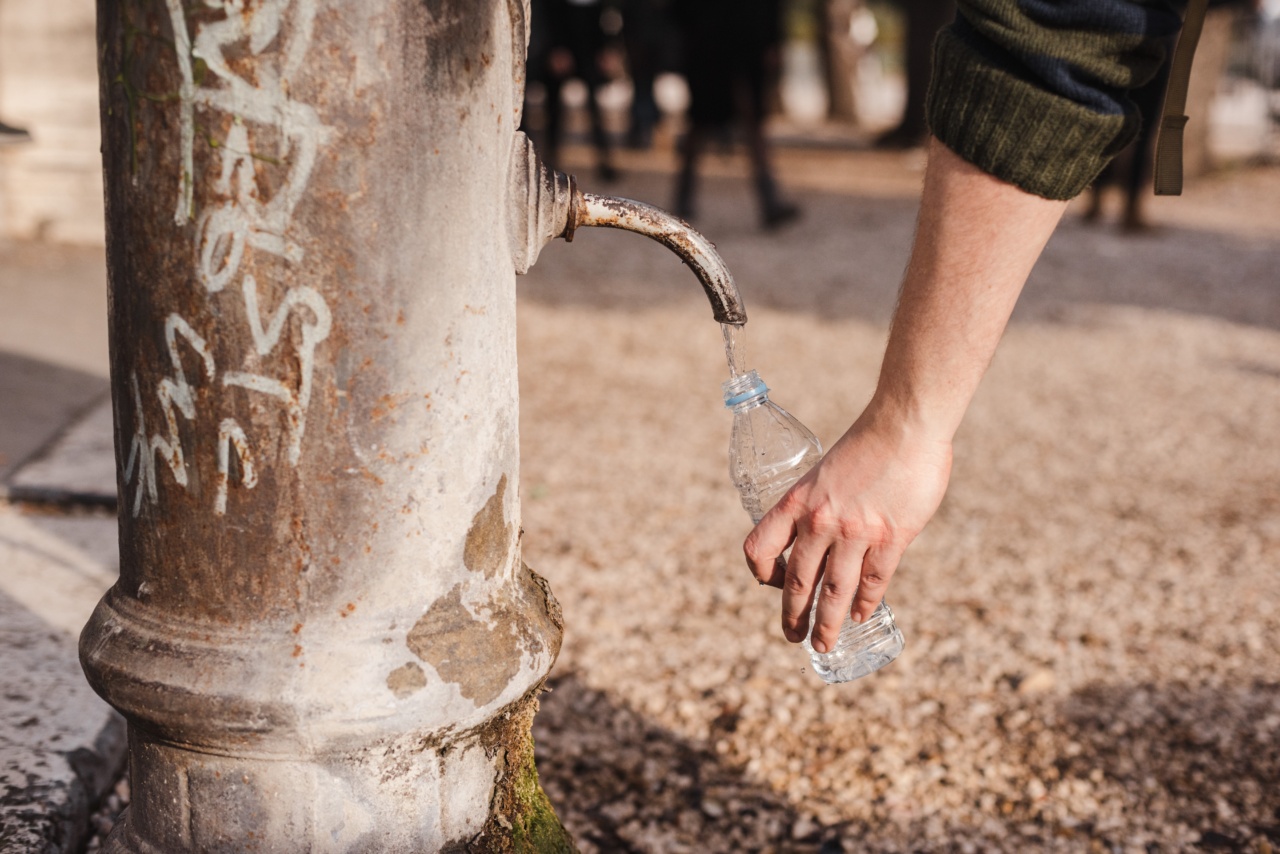Water is one of the most essential resources for sustaining life. We rely on it for drinking, cooking, and maintaining personal hygiene. However, concerns about the safety and quality of tap water have become increasingly prevalent.
Many people wonder whether the water flowing from their taps is safe to consume. In this article, we will reveal the truth about the safety of your tap water and explore potential contaminants, health risks, and ways to ensure your drinking water’s safety.
Understanding Water Quality Standards
Before we delve into the safety aspect of tap water, it is essential to understand the water quality standards set by regulatory bodies.
In the United States, the Environmental Protection Agency (EPA) is responsible for establishing and enforcing regulations regarding public drinking water supplies. These regulations are primarily based on the Safe Drinking Water Act (SDWA), which sets standards for over 90 contaminants in water.
Common Contaminants Found in Tap Water
Tap water can contain various contaminants, some of which occur naturally and others resulting from human activities. Here are some common contaminants found in tap water:.
Bacterial and Viral Contaminants
Bacteria like E. coli and viruses like hepatitis A can find their way into water sources due to sewage overflows, animal waste, or inadequate water treatment.
These contaminants can cause severe gastrointestinal illnesses, especially in individuals with compromised immune systems.
Chemical Contaminants
Chemicals such as lead, arsenic, pesticides, and industrial pollutants can leach into water sources from old plumbing systems, industrial activities, or agricultural runoff.
Long-term exposure to these chemicals may lead to various health issues, including developmental delays, organ damage, and an increased risk of certain cancers.
Disinfection Byproducts (DBPs)
When water treatment plants use chlorine or other disinfectants to kill bacteria and viruses, chemical reactions occur, leading to the formation of disinfection byproducts. The most common DBPs include trihalomethanes (THMs) and haloacetic acids (HAAs).
Long-term exposure to these byproducts has been linked to reproductive problems, kidney and liver issues, and an increased risk of bladder and colorectal cancers.
Heavy Metals
Heavy metals like lead, copper, and mercury can contaminate tap water through corroded plumbing systems or natural deposits. These metals can have detrimental effects on various organs and systems in the body, particularly the brain and nervous system.
Pregnant women, infants, and children are especially vulnerable to the harmful effects of heavy metals.
Health Risks Associated with Contaminated Tap Water
Consuming contaminated tap water can pose several health risks. Some of the potential health effects include:.
Gastrointestinal Issues
Waterborne bacteria and viruses can cause illnesses like diarrhea, cramps, nausea, and vomiting. Severe cases can lead to dehydration, hospitalization, and even death, particularly in vulnerable populations.
Developmental and Neurological Problems
Exposure to certain contaminants, such as lead and mercury, during critical periods of development can lead to cognitive and behavioral issues in children.
These may include learning disabilities, reduced IQ, attention disorders, and delayed neurodevelopment.
Cancer Risk
Long-term exposure to certain chemicals found in tap water, such as arsenic, benzene, and chromium-6, has been associated with an increased risk of several types of cancer, including bladder, kidney, liver, and colorectal cancers.
Ensuring the Safety of Your Tap Water
While the presence of contaminants in tap water is concerning, it is important to note that not all tap water is equally unsafe. Water quality varies depending on your location and the treatment processes implemented by your local water treatment plant.
Additionally, regulatory bodies strictly monitor and enforce water quality standards to minimize health risks.
However, if you have specific concerns about the quality of your tap water, you can take the following steps to ensure its safety:.
Test Your Water
Consider getting your tap water tested by a certified laboratory. They can identify potential contaminants and provide you with a comprehensive analysis of your water quality.
This information will help you make informed decisions about water treatment options, if necessary.
Install a Water Filtration System
Depending on the contaminants present in your tap water, you may want to invest in a water filtration system.
Look for filters certified by reputable organizations such as NSF International to ensure their effectiveness in removing specific contaminants.
Follow Maintenance Practices
To minimize potential contaminant exposure from plumbing systems, implement maintenance practices such as flushing the taps before using them, regularly cleaning aerators, and replacing old and corroded pipes.
Consider Bottled Water
If you have significant concerns about your tap water’s safety, you can opt for bottled water as an alternative. Ensure the bottled water you choose comes from a trusted source and meets the necessary quality standards.
Stay Informed
Keep yourself updated on any water quality reports or advisories issued by your local water supplier. Stay informed about any possible contaminants and the steps taken by regulatory bodies to maintain safe drinking water supplies.
The Final Verdict
While the safety of tap water may be a valid concern, it is important to remember that in many cases, tap water meets and exceeds regulatory requirements.
By being aware of your local water quality and taking necessary precautions, you can ensure the safety and quality of your tap water for consumption. Remember, it’s essential to stay informed and take proactive steps to safeguard your health and well-being.






























